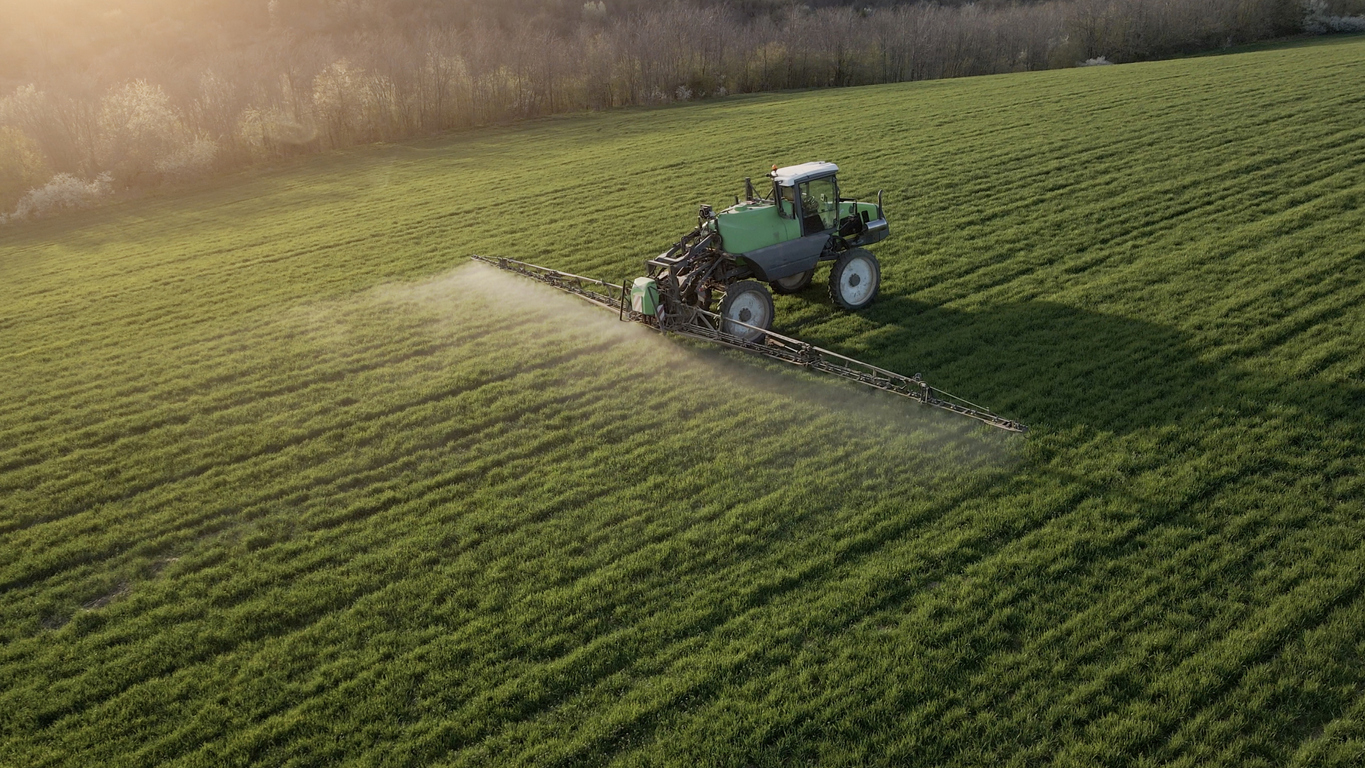Sowing Cover Crops

Late summer and early fall (August 1-Mid-September) is a great time to sow cover crops. Methods include broadcasting with an airplane, helicopter, high boy applicator, various types of spreaders OR seed incorporation with light tillage or a drill. Broadcast seeding rates need to be 10-20% higher and are highly dependent upon adequate moisture at planting. Incorporating or drilling the seed means sowing the cover crops after grain is harvested. Successful cover crop stands depends upon getting seed planted correctly. Using an airplane or even a helicopter is fast and economical. Airplanes have to avoid trees, telephone and power lines; so stands may be variable on the ends. Helicopters can hover but the whirling blades sometimes variably scatter the seed. In both methods, cover crop seed my end up in corn whorls or on neighboring fields. Broadcast seed can be eaten by voles, slugs, or earthworms which drag the seed down their burrows. Avoid broadcasting seed if the soil is excessively d...



